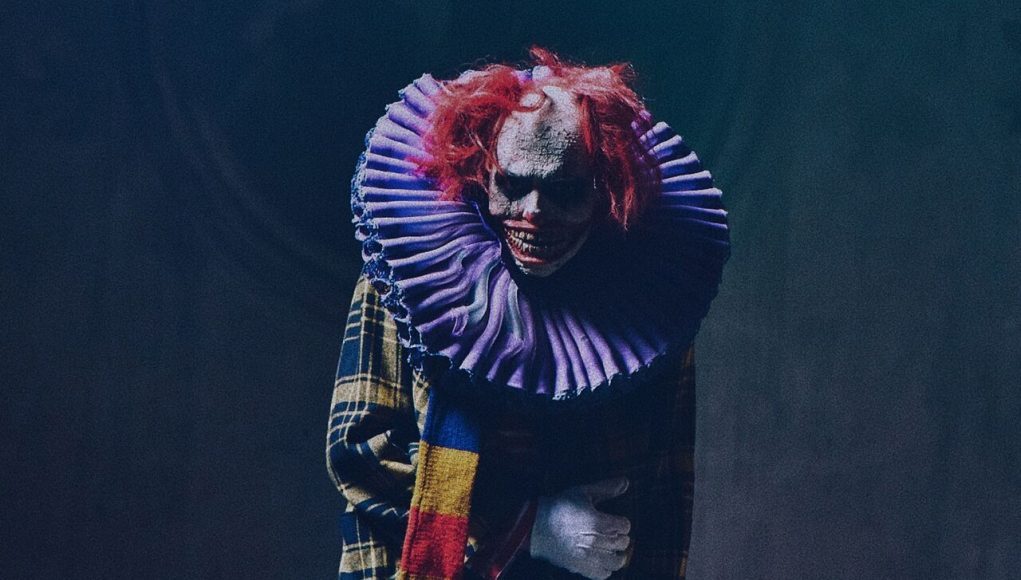The Dark Corner app is creating a new distribution channel for immersive horror experiences and 360-degree videos. Guy Shelmerdine and Teal Greyhavens are hoping that fans of the horror genre will be enthusiastic enough about the potential of VR to achieve new depths of terror that audiences will be willing to pay for 360 video experiences. Shelmerdine is featuring Dark Corner’s own creations including Catatonic and their latest nightmare-inspired Night Night, but also opening up a new marketplace for creators of horror content to sell and distribute their content.
LISTEN TO THE VOICES OF VR PODCAST
I had a chance to catch up with Shelmerdine and Greyhavens to talk about their journey from comedy into VR horror, how VR horror experiences have gone viral because of reaction videos, the new distribution channel they’re creating, and the storytelling components that make up a great horror experience.
Here’s an example of a reaction video that helps these types of experiences spread virally.
Lots of VR horror experiences have gone viral because of reaction videos like this one. @DarkCornerVR hopes to become a distribution channel pic.twitter.com/jiLDvD2V7G
— Kent Bye VoicesOfVR (@kentbye) October 31, 2017
The horror genre also inspires people to look at their deepest fears, and to face their own mortality in a safe context. I believe that there are unknown thresholds of where an experience has been taken too far, and that it’s possible that VR experiences could generate new trauma in people. Shelmerdine and Greyhavens said that they haven’t seen this happen yet, but they’re also showing their experiences within a context where the reactions of other people make it clear what they might be getting into. There are ethical considerations of disclosing to someone the nature of content before they immerse themselves into a horror experience, and so receiving full consent is a responsibility for VR enthusiasts who are sharing this content with each other.
The depth of visceral emotions and embodied reactions from a VR horror experience go beyond what’s possible in any other medium. I’ve seen how these experiences that push the boundaries have inspired people to recreate traumatic experiences they’ve been through in order to find new ways of coping and generating new narratives about their trauma, which has yielded some surprising therapeutic and cathartic results.
While I’m personally more interested in the pro-social applications of VR, I can see how exploring darkness, mortality, and your deepest fears in VR can not only be wildly entertaining for some people, but also perhaps the most vital types of experiences that they need on a deeper level. There are deep risks to flooding your body and psyche with nightmare imagery, but it’s also possible to have radical breakthroughs that would’ve never been possible before.
You can download the Dark Corner app is available on Gear VR, Oculus Rift, Daydream, Android and iOS.
Support Voices of VR
- Subscribe on iTunes
- Donate to the Voices of VR Podcast Patreon
Music: Fatality &<







